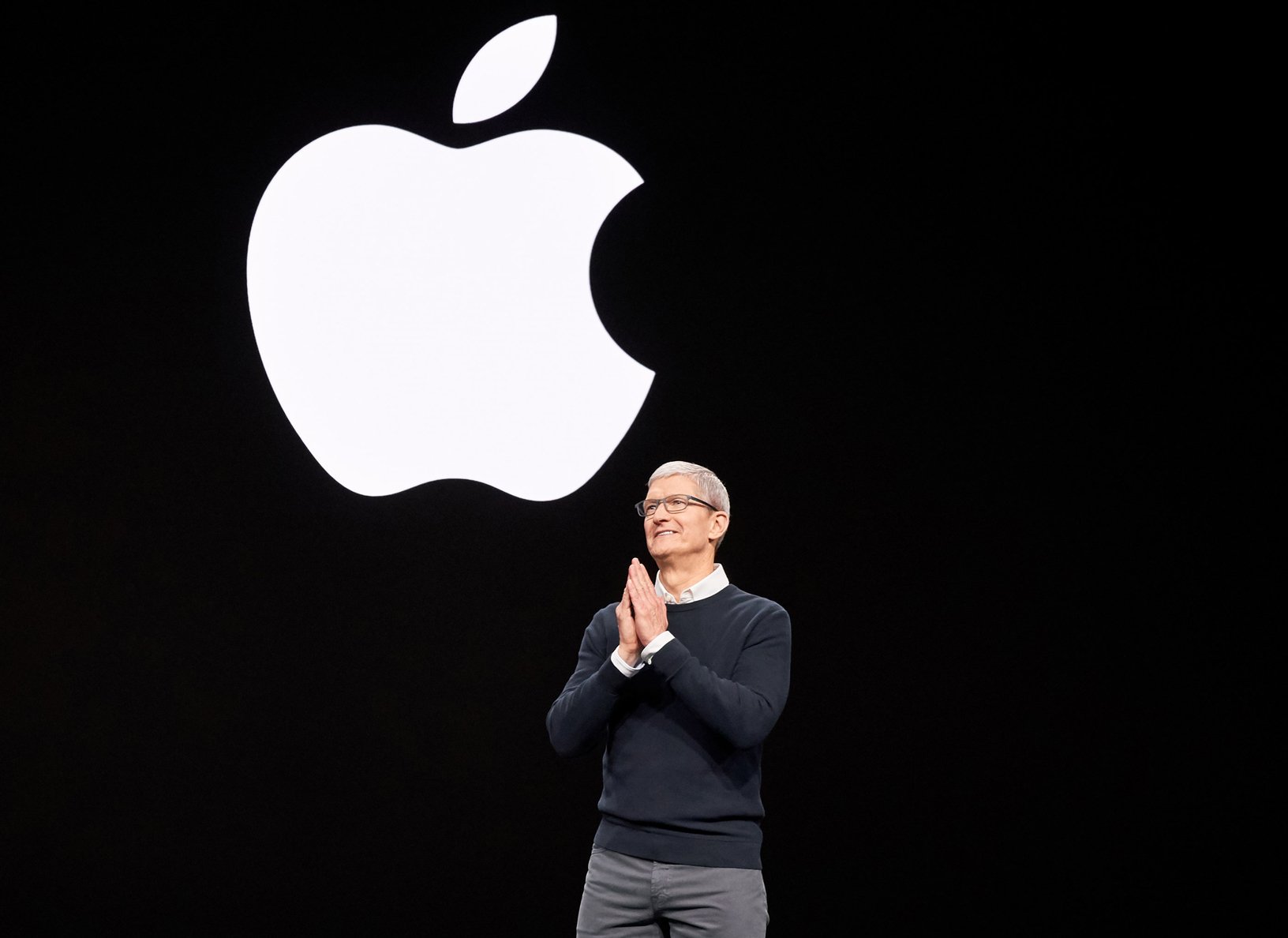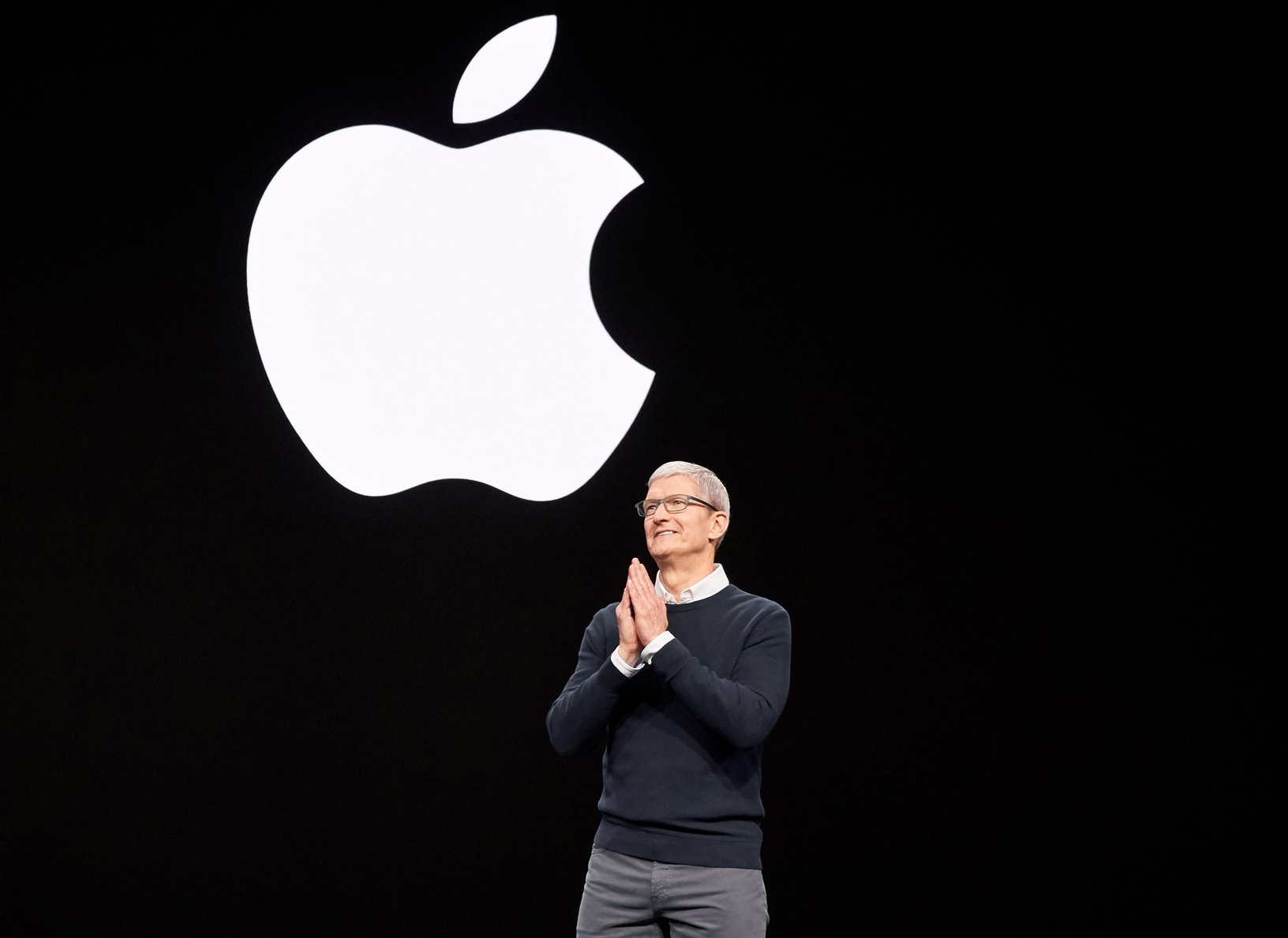Apple, Alphabet, Microsoft, Facebook and Amazon account for 18% of the S&P 500
Index concentration is the highest for 20 years, with no sign of implosion...


What you need to know
- Facebook, Amazon, Apple, Microsoft, and Alphabet now account for 18% of the S&P 500.
- That kind of index concentration hasn't been seen since 2000.
- However this time, analysts aren't anticipating a similar market implosion.
A report from Goldman Sachs has revealed that Facebook, Amazon, Apple, Microsoft, and Alphabet now account for 18% of the S&P 500.
The group, collectively known as FAAMG (because Alphabet is basically Google) has achieved index concentration in tech companies the likes of which has not been seen since 2000. According to the report:
Index concentration in the biggest tech companies is the greatest in 20 years, but a dot-com-style correction isn't likely, Goldman Sachs analysts wrote in a Friday note. The FAAMG collective, which includes Facebook, Amazon, Apple, Microsoft, and Google-parent Alphabet, accounts for 18% of the S&P 500 index, a level not seen since 2000. The crowding in major tech stocks resembles that seen in the turn of the millenium, when five major firms enjoyed outsized valuations before falling alongside US indexes in a prolonged crash. The five major stocks of 2000 - Microsoft, Cisco, General Electric, Intel, and ExxonMobil - also accounted for 18% of the index at their peak, but today's FAAMG group isn't experiencing the same premium, the team of analysts led by David Kostin wrote. The cohort from 2000 traded at a price-earnings ratio of 47x, while today's Big Tech group trades with a price-earnings of 30x.
Unlike 2000, analysts seem to be more confident that this time around, stock prices and values for the FAAMG group are keeping pace better with their earnings. Analysts also believe that "Lower growth expectations, lower valuations, and greater re-investment suggest the current concentration may be more sustainable than it proved to be in 2000."
The group is also leading the pack when it comes to reinvestment, charting three-year growth investment ratios of 48%. That's compared to just 21% in the rest of the S&P 500, and 26% for the five biggest companies in 2000, which was also lower than the rest of the index's 36%.
All of this is to say that the big five are crushing it, and no group has dominated the market like this since 2000. However, unlike last time, analysts seem pretty confident that the ship is steady.
All the latest news, reviews, and guides for Windows and Xbox diehards.

Stephen is Tom's Hardware's News Editor with almost a decade of industry experience covering technology, having worked at TechRadar, iMore, and even Apple over the years. He has covered the world of consumer tech from nearly every angle, including supply chain rumors, patents and litigation, and more. When he's not at work, he loves reading about history and playing video games.
